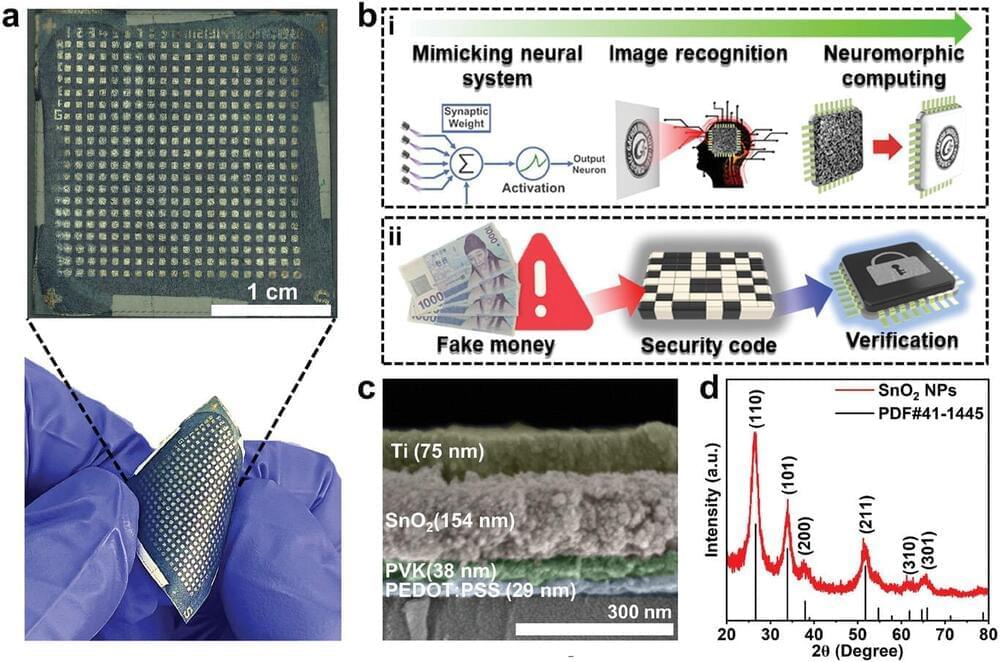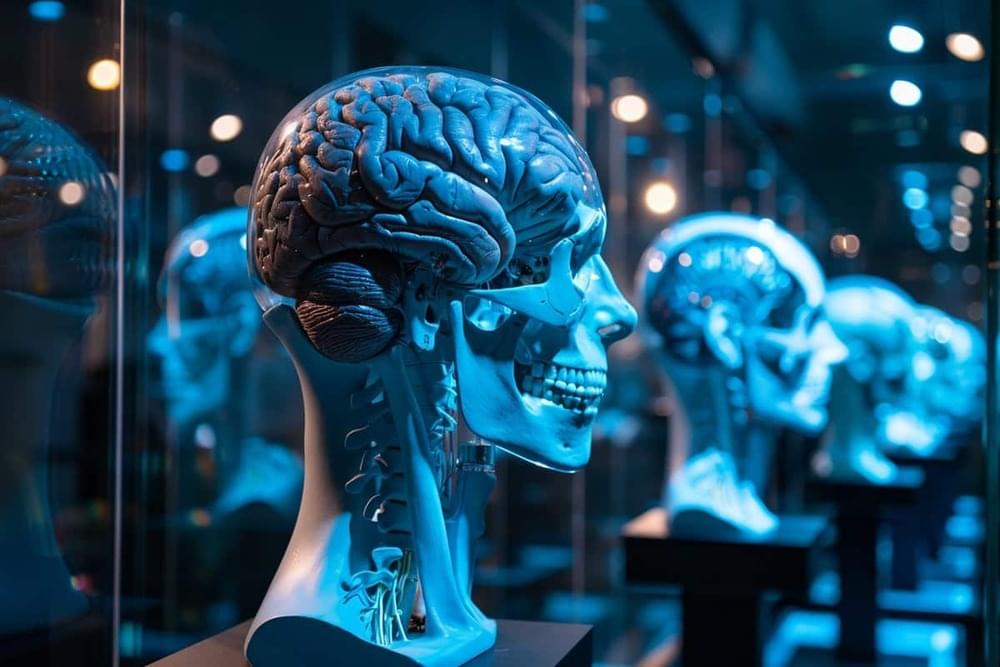Jun 27, 2024
Self-Healing Fabric Could Be End to Torn Clothes
Posted by Quinn Sena in category: materials
Year 2016 face_with_colon_three
Clothing tears could be a thing of the past if a new material capable of “healing” itself after being ripped proves to be commercially viable.
Researchers at Pennsylvania State University created a fabric-coating technology derived from squid ring teeth that allows conventional textiles to self-repair.
Continue reading “Self-Healing Fabric Could Be End to Torn Clothes” »


















